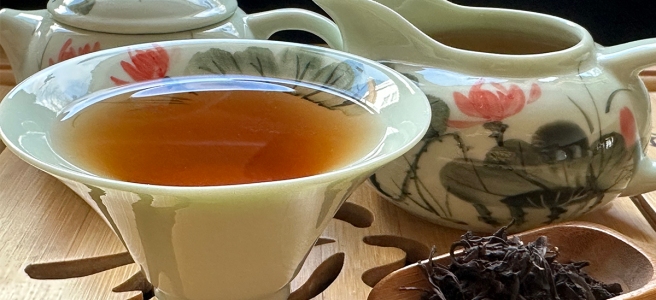Including tea in your cocktails is a great idea—the flavors and complexity of tea work incredibly well with spirits, as my last few posts attest. But here's another thought: The potential health benefits contained within tea leaves are well known. So what happens when alcohol is infused with tea? The chemical constituents of the tea, … Continue reading Possible Benefits to Fortifying Alcoholic Drinks with Tea
Possible Benefits to Fortifying Alcoholic Drinks with Tea










